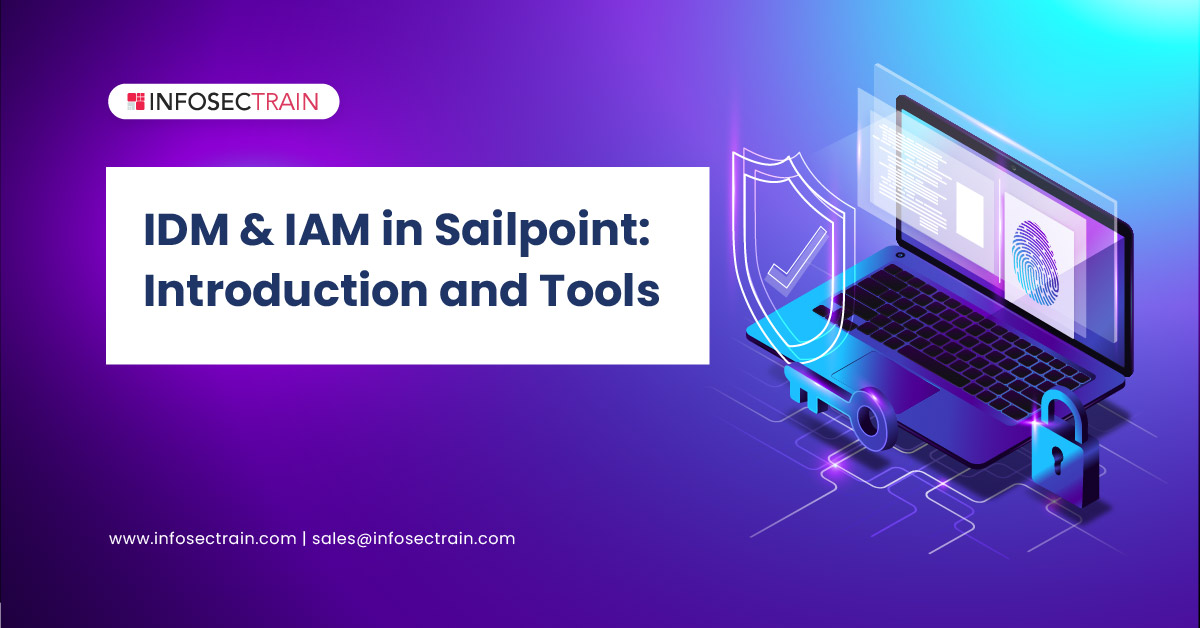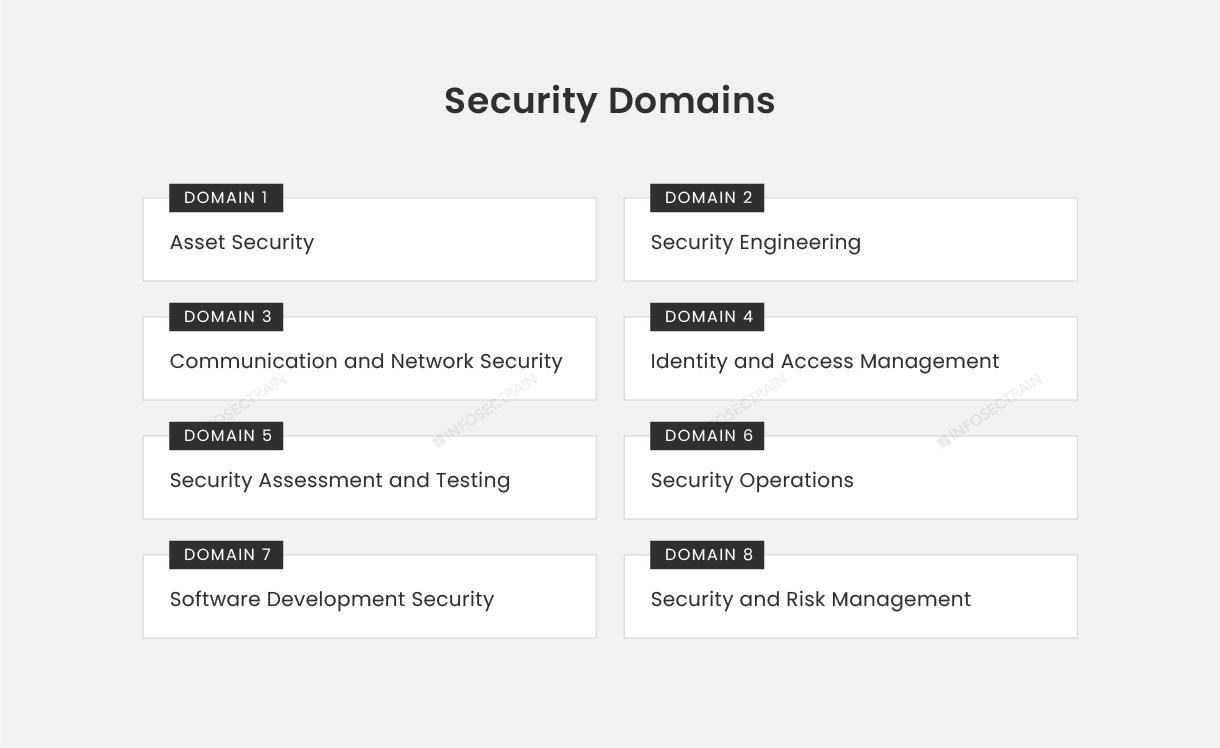IDM & IAM in Sailpoint: Introduction and Tools.
In today’s world, one of the most pressing concerns is security. We live in a digital era where technology is used to perform even the most basic activities. An organization’s primary goal is to provide high-quality products and services, protect clients’ personal information, and maintain confidentiality on a daily basis.

What are Identity and Access Management (IAM/IDM) in SailPoint?
As technology connects more users, services, and information, Securing your organization’s data and access is a difficult task. If malicious users gain access to your information assets, it will have a significant negative impact on an organization. The industry has made the SailPoint platform a cutting-edge system that integrates machine learning and AI to mitigate such scenarios. Sailpoint is an automated version of the Identity and Access Management tool that lowers the cost and complexity of identity management for users while maintaining access.
In today’s market, creating a data-driven context is a significant challenge that demands even more Identity and Access Management (IAM) services than before. SailPoint is regarded as a market leader in the field of IAM. So let’s discuss Identity and Access Management software in this article.
When we talk about Identity and Access Management (IDM/IAM), it is an IT security practice for managing authentication methods. It is one of the core security domains defined by ISACA.
Security Domains

To define Identity and Access Management, Let’s take an example:
| Small startup organization= 10 people, 2 applications Organization = set of applications (file, SAP, Oracle, or database system) IAM software requirement = not Owner = have access to what |
Consider a small startup organization with 10 employees who use a total of 2 applications; if we dig deep enough, we can say that an organization is nothing more than a collection of applications. These applications can be files, SAP, Oracle, and a simple database system, which means everything and anything inside an organization qualifies some or another application.
The question is, do we require Identity and Access Management software in this small startup organization? Then the answer is probably not because the owner of that small startup organization can control everything, such as the owner deciding who has access to what.
| Startup organization = 100 people, 10 applications John……> Manager…..> Virtual identity…..> access of (app1, app3, app5, app7, app10) |
The same small startup organization grows up to 100 people with 10 applications. And now the organization has recruited a new person named John, and he is getting on board to the organization as a Manager. Organizations now create a virtual identity for the new employees. Currently, out of 10 applications, John requires access to 5 applications to do his work, such as app1, app3, app5, app7, app10.
| Small startup organization= 10 people, 2 applications Organization = set of applications (file, SAP, Oracle, or database system)…(set of users)+(set of entitlements) Entitlements = Permission (print, scan, or re-configured) IAM software requirement = not Owner = have access to what |
If we drill down, we find a set of applications and users, and every application will have its unique set of users. To access these applications, users need access permission, which is known as entitlements. So what are these entitlements? Let’s explain it by taking an example: suppose I am calling printer on an enterprise application, so what would my entitlements look like? So the entitlements would be whether I print, whether I scan, or whether it would be re-configured, so these are called entitlements. So we can say that entitlements are nothing but permission held on end applications.
Using the same model, John needs access to 5 applications to accomplish his work, and each application requires a set of entitlements, or we can say 5 permissions. Such as
| App1= (Ent1, Ent2, Ent3, Ent4, Ent5) Set = 5*5=25*101= huge no. to manage |
Here, he has access to these five entitlements, the total number of permissions we have to handle for a single user is 5*5=25. In contrast, the total number of employees in the organization is 25*101=huge no. to manage.
So Identity and Access Management (IDM/IAM) enters the picture to preserve access to virtual identity across the organization, which is nothing but a collection of applications. In brief, Identity and Access Management systems give you total visibility into who is doing what and what risk they pose, allowing you to make informed decisions. It creates an identity-enabled organization by connecting people’s applications, data, and devices.
Requirement of Identity & Access Management (IAM) Tools
Identity and Access Management (IAM) is virtually required by any organization on a global scale. Every enterprise of a certain size will necessitate a specific set of Identities & Access Management software. There are two main reasons for using Identity and Access Management software tools:
1. Access Control: Every organization would like to govern who has access to what, which means they manage which identity has access to target applications. When we search in Google, it simply shows that most of the hacks that we see in the modern world are not because of external threats but internal threats. So having limited and authorized access in the organization is the critical component of the Identity and Access Management software.
2. Compliance: In today’s world, every organization must adhere to specific compliance rules. The health department in the United States has HIPPA compliance criteria; every health care institution must follow HIPPA laws. SOX compliance requirements are used in the banking business, while GDPR compliance standards are used in Europe for data privacy. It indicates that if companies do not comply with the requirements, they will halt function or operating anything. Identity and Access Management software assists firms in complying with various compliance standards to govern overall data flow.
Final Thoughts
Because of the requirements of Identity and Access Management software tools, every IT and non-IT industry in today’s world uses Identity and Access Management software in their organizations. SailPoint is a market leader in the worldwide Identity Access Management field, with the largest market share and the highest demand for software expertise.
The SailPoint IdentityIQ-Admin and Developer training course from InfosecTrain is meant to provide you with advanced knowledge of the IAM solution through a diverse combination of practical and theoretical learning. So, enroll to learn about the skills needed to become a professional who can manage and create SailPoint solutions for their organizations.







 1800-843-7890 (India)
1800-843-7890 (India)